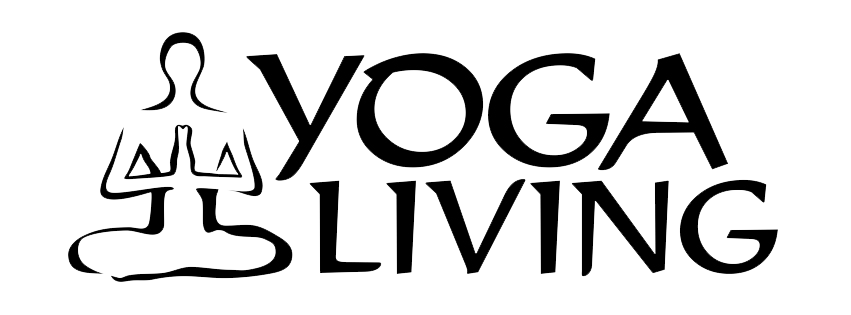I recommend journaling because it helps work through thoughts, feelings, reactions, and difficult times in our lives. Carve out a little time each day to connect with yourself through writing in a journal. A great time to write would be following a yoga class or before bed, but I understand that those times might not be available for everyone. Just 15 minutes a few times a week is a great start.
Some things to write about, keeping in mind that all of these questions apply to your daily life ON and OFF your yoga mat:
1. What did I hear today in yoga class that resonated with me? Why?
2. What came up today? What thought or emotion? How did it make me feel? How did I react? And how did my reaction make me feel?
3. What can I let go?
4. What can I accept?
5. What can I cultivate, feed, manifest in my life and on my mat?
6. What am I grateful for today?
Providing some examples to help you get started:
1. Maybe you heard me speak in class about “our experiences have something to teach us; all hurdles have meaning.” Maybe this led you to thinking about a difficult situation, a mistake or setback. Perhaps when you heard this in class, you had a shift of perspective about an event or situation. Journaling about this can help you overcome the adversity and help you learn the lesson.
2. An example of what might have come up today in practice is resistance. Maybe you felt resistance while in a challenging pose, feeling uncomfortable and taking yourself out of the pose, giving up. So what came up was resistance, your reaction was to come out of the pose, so now the question is, how did your reaction make you feel. Describing the feeling associated with your reaction will help you re-think your actions in the future. Maybe the next time you will persevere through the discomfort, develop more discipline and inner strength, and stay in the pose. Remember as you grow in difficult postures on your mat, your growth helps you handle difficult situations off your mat. Others examples are negative self-talk, judgment, etc.
3. Letting go. This is a good one. Letting go of something that doesn’t serve you. A good example is expectation. How often do we come to our yoga mat with an expectation? Expectations are a great thing to let go. And labels. Yes, labels. How often do we attach a label to ourselves and then go out of our way to prove ourselves right to keep believing it? You do it. We all do. Don’t act like you don’t.
4. Acceptance. Whew. This is a big one and perhaps one of my biggest challenges. Dealing currently with a knee injury, acceptance has been very present on my mat. Acceptance requires me to let go of ego and achievement and accept that where I am today is where I am, and despite my knee injury, doing my best. So whether it is an injury, limitation or circumstance, journaling about acceptance will help your perspective and will nurture self-compassion.
5. An example of cultivating would be cultivating compassion, joy, or something that might be lacking in your life currently. Writing about what you can cultivate is like setting an intention to manifest and bring to life what you are needing and craving.
6. And finally, gratitude. Frankly, there is always time in everyone’s day to count their blessings. Putting in writing what you have in which to be grateful is a great way to revisit those blessings on a difficult day. And on those difficult days when you are journaling and struggling to come up with only 3 things in which to be grateful, it is okay. Just right down what comes to mind, even if it is I am grateful for Netflix and red wine.
Happy journaling,
MaryBeth
